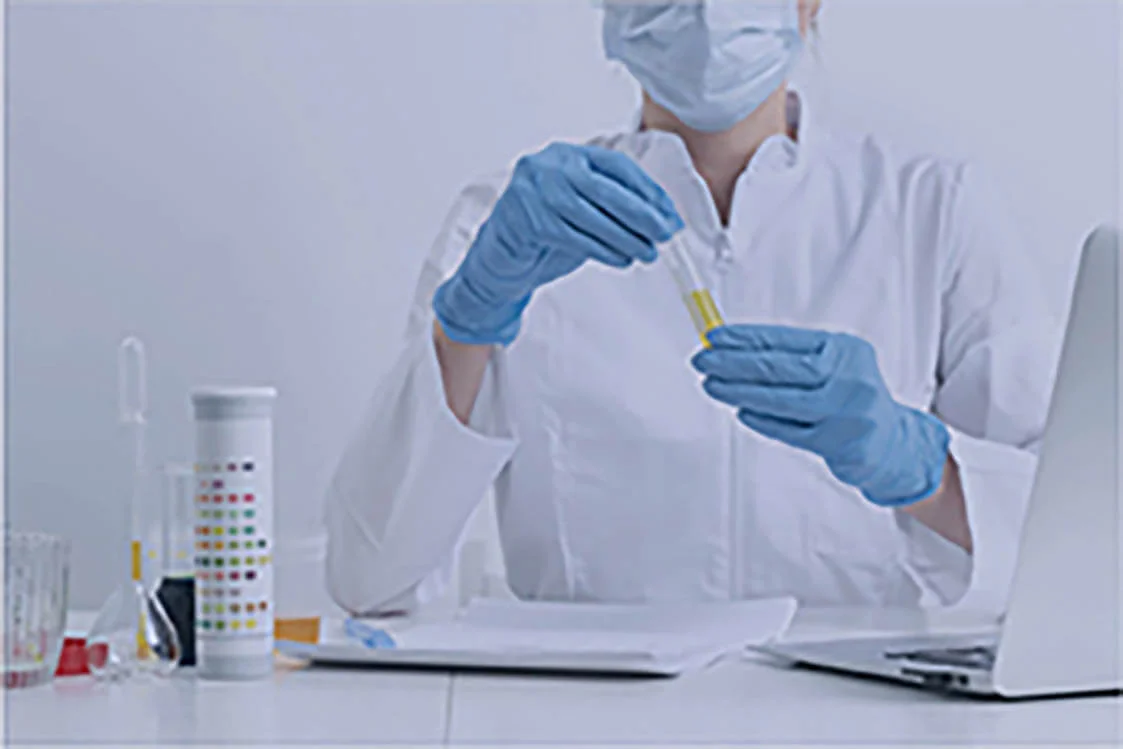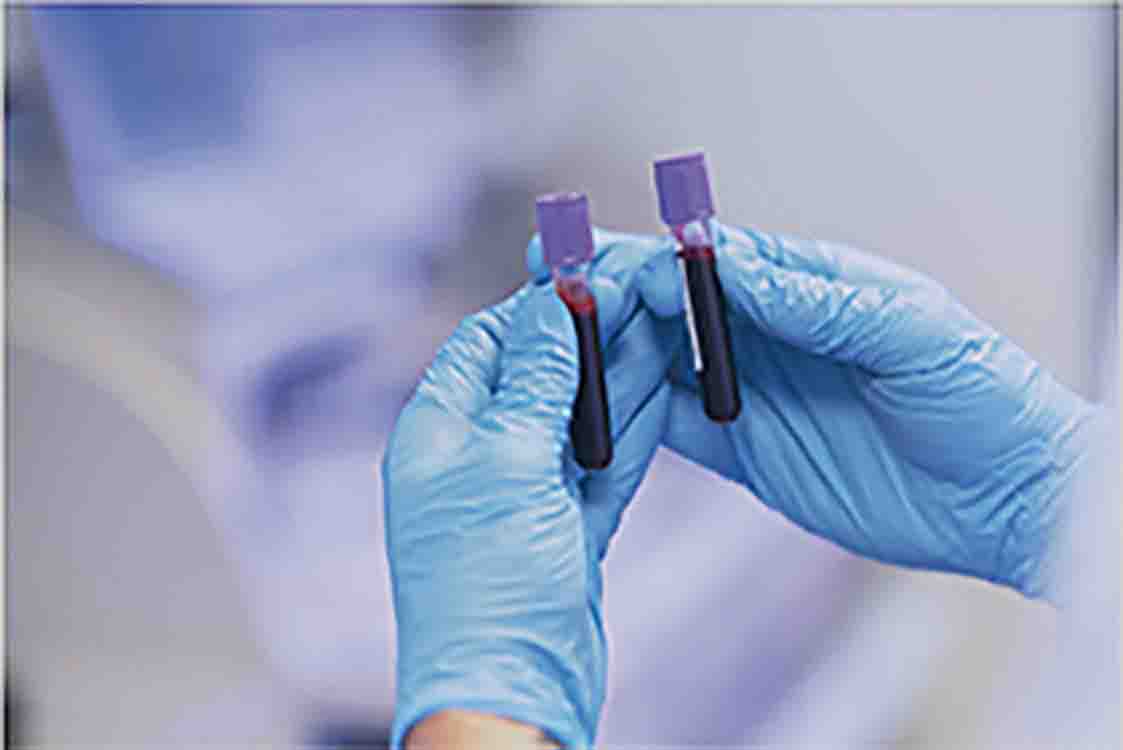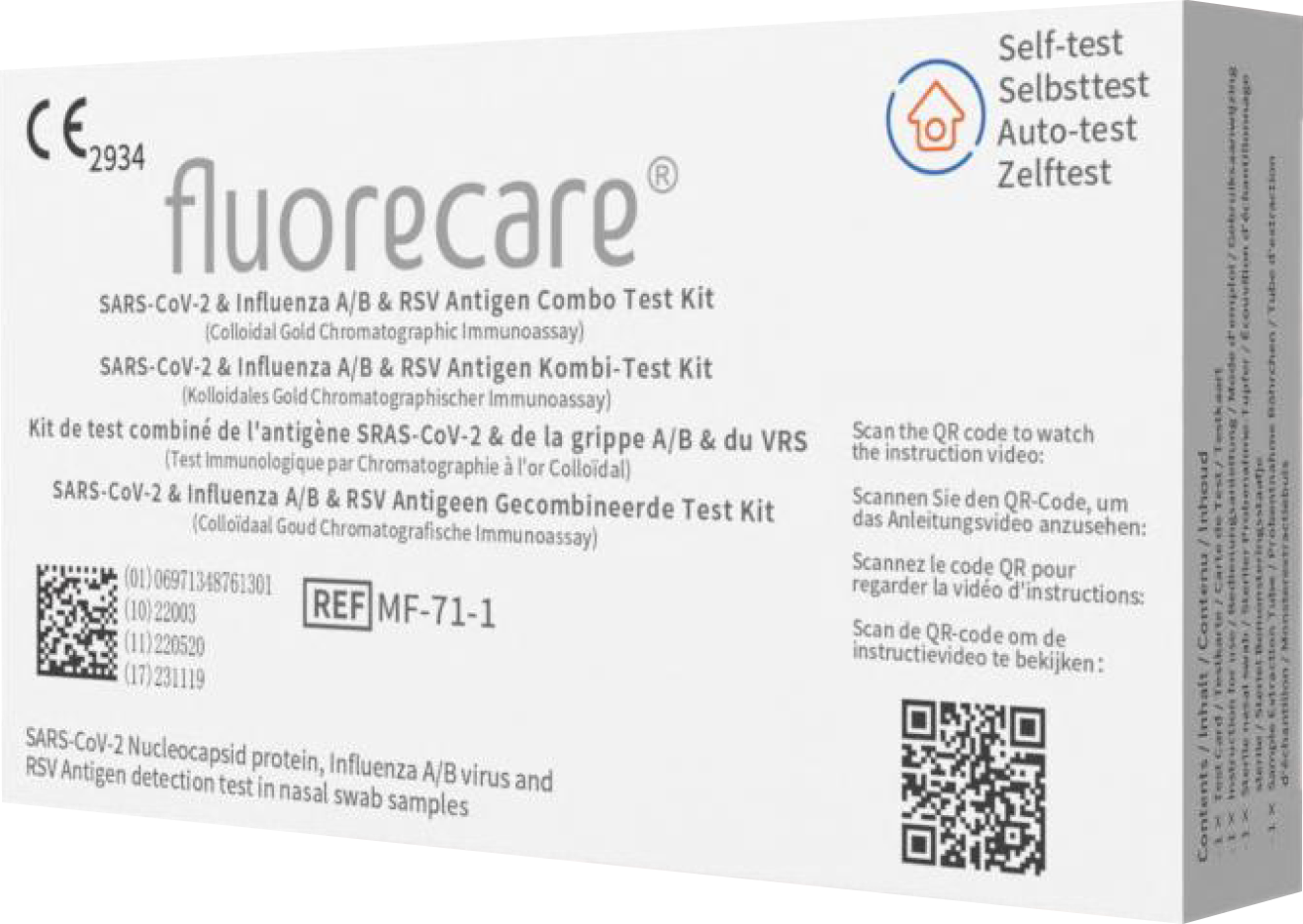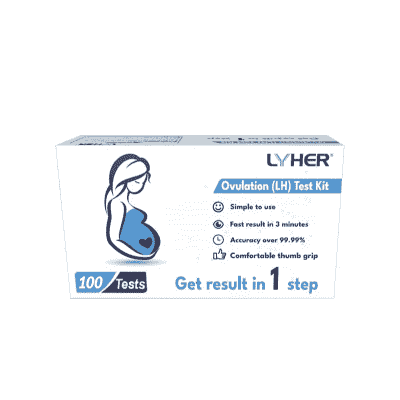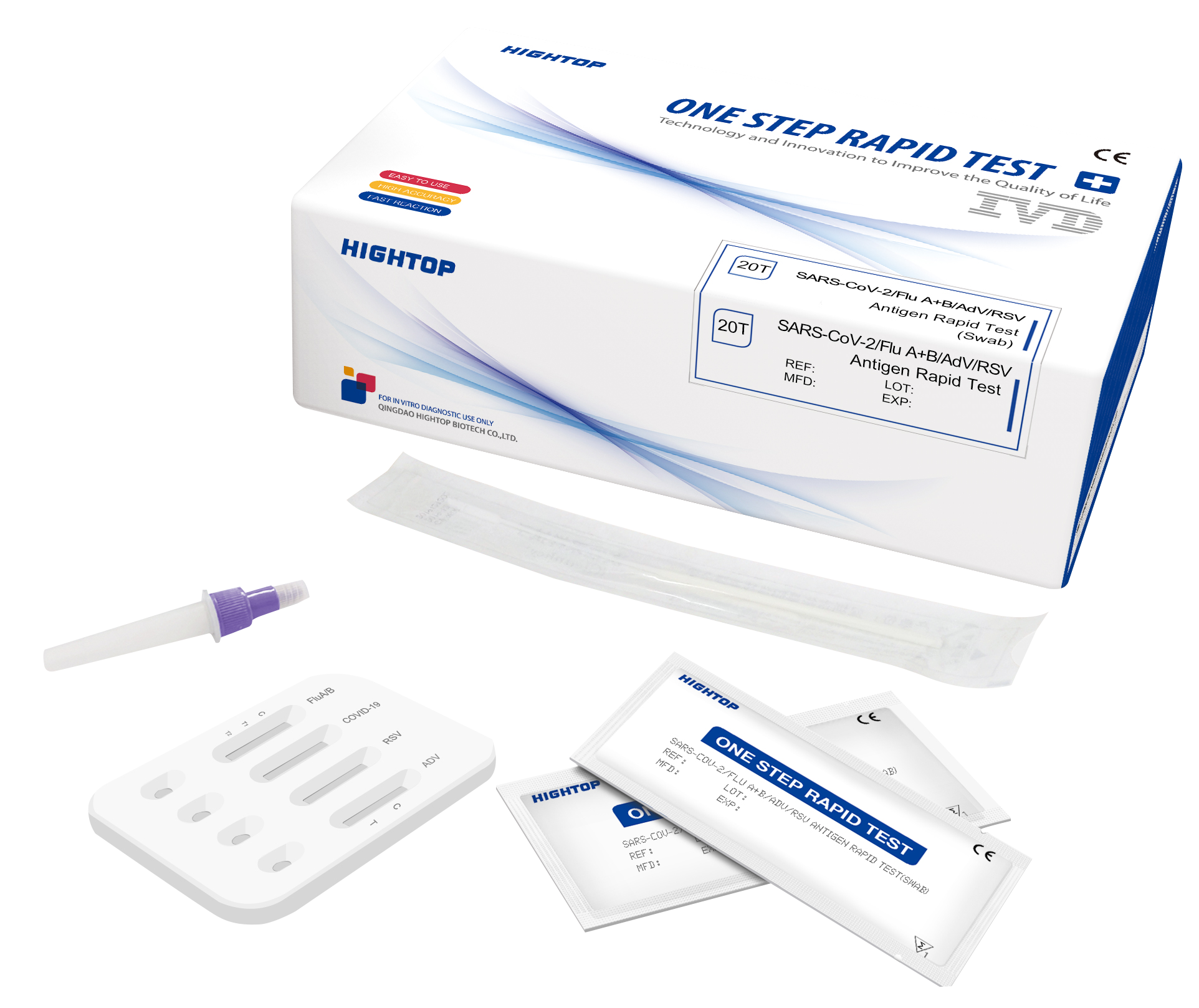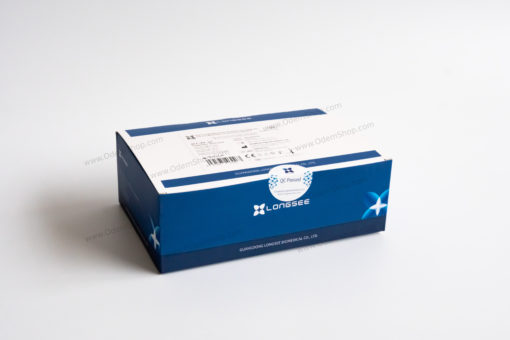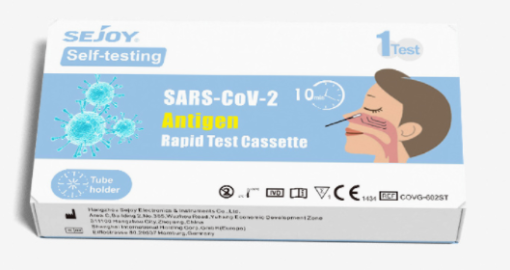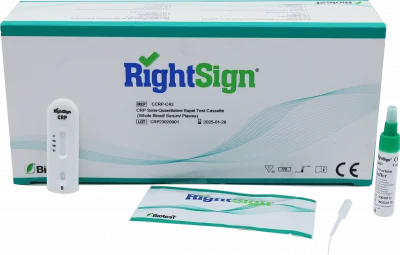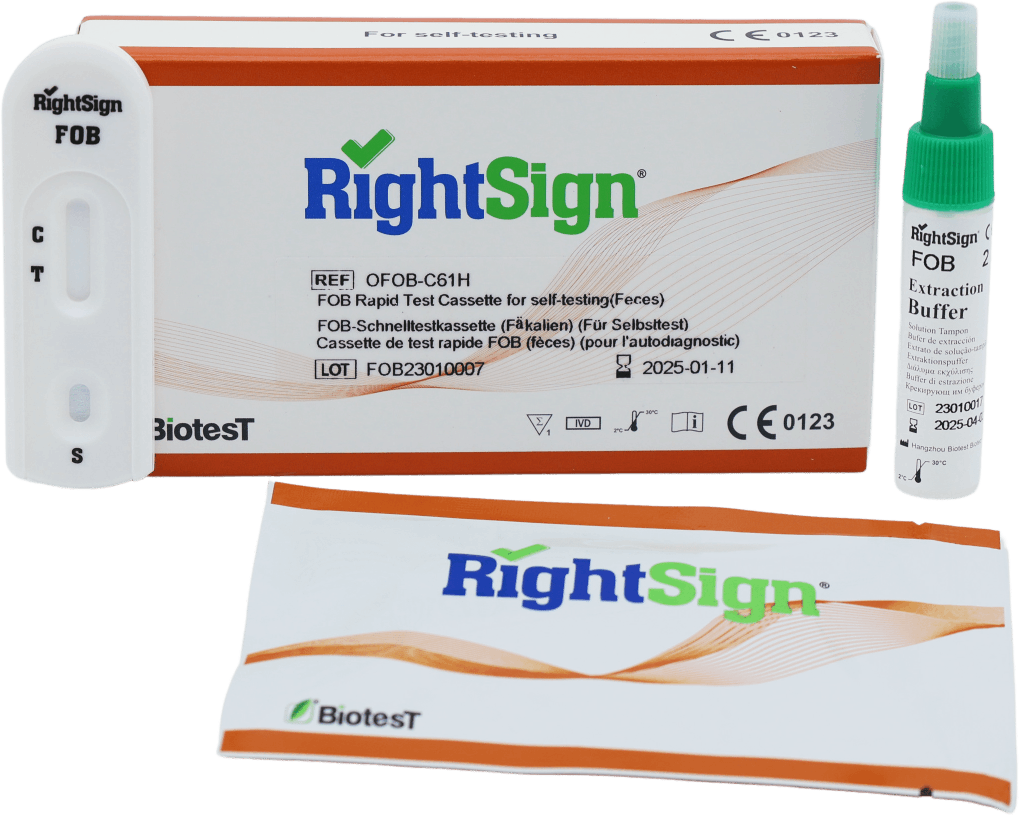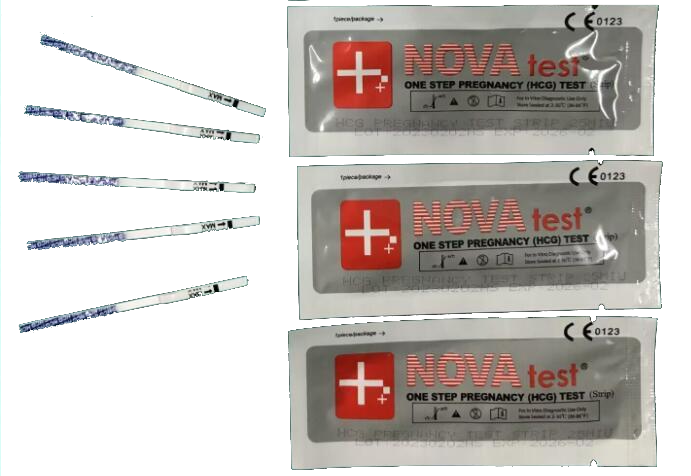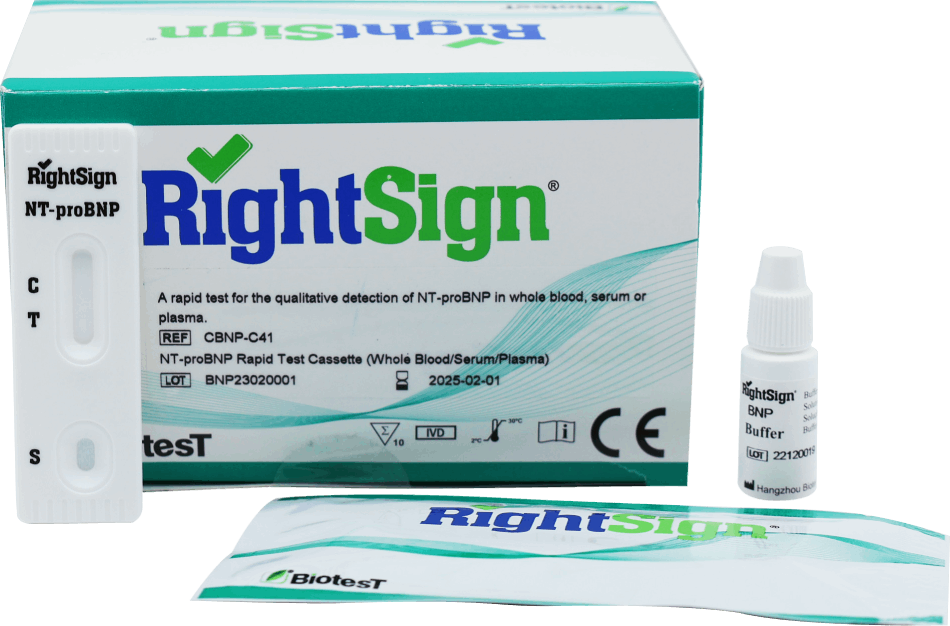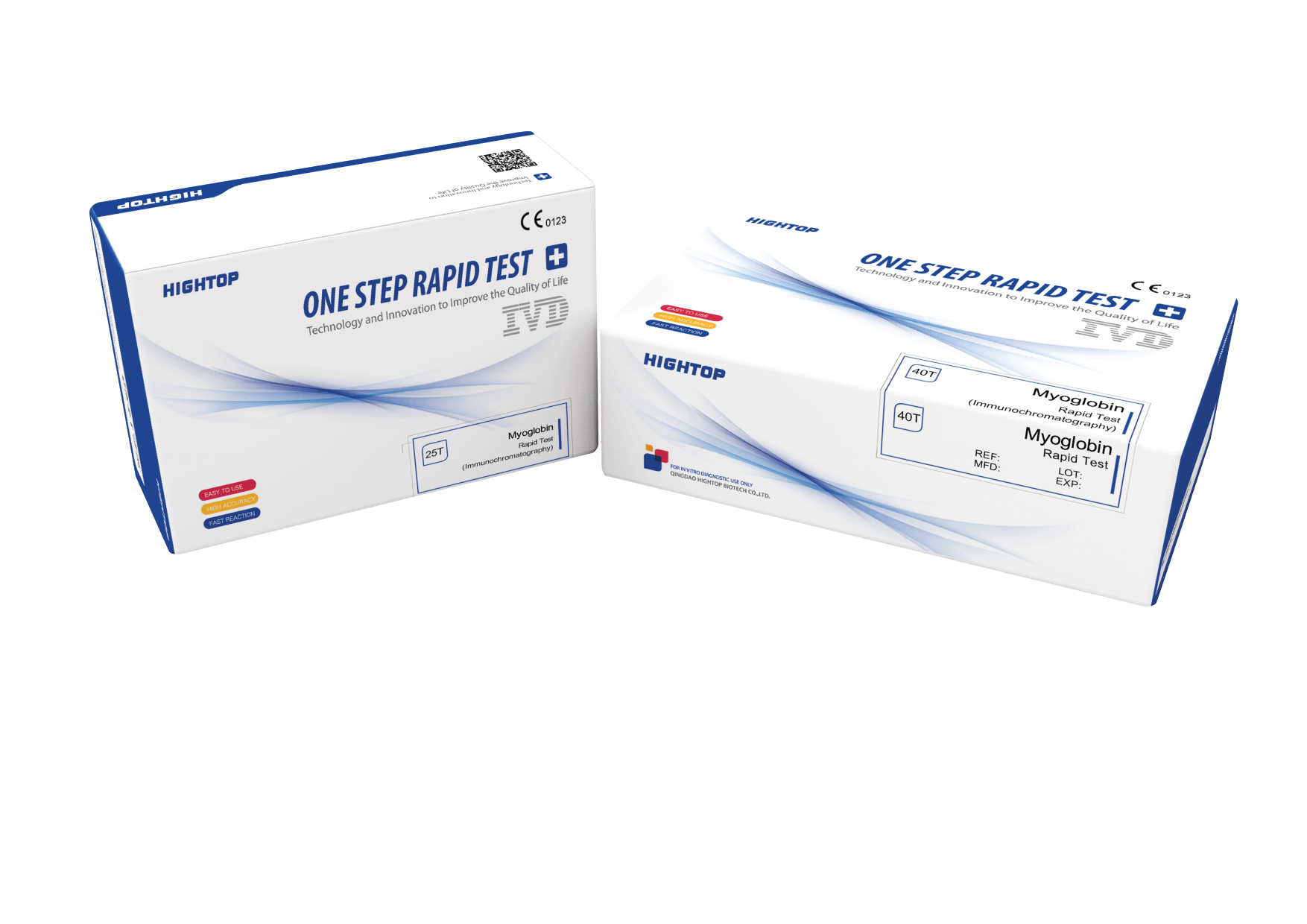Vrsta uzimanja uzoraka
U Odem trgovini nudimo izbor proizvoda za različite vrste uzorkovanja. Bilo da trebate bris nosa i grla ili uzorak krvi, mi imamo rješenje.

Metoda uzorkovanja
Usavršavanje metode uzorkovanja temeljni je kamen dijagnostičke točnosti za medicinske stručnjake, menadžere nabave, farmaceute i liječnike. U OdemShop-u prepoznajemo preciznost i pažnju potrebnu u ovom ključnom zadatku i pružamo širok spektar alata za prikupljanje uzoraka koji nisu samo učinkoviti, već su dizajnirani kako bi zadovoljili najviše standarde kvalitete i pristupačnosti. Naš asortiman, usklađen s EU regulativama i CE certificiran, osigurava da se svaki postupak, od venepunkcije do biopsija, izvodi s neusporedivom preciznošću.
Naše opredjeljenje prema usmjerenosti na korisnika znači da slušamo i odgovaramo na potrebe zdravstvene zajednice, osiguravajući da svaki proizvod koji nudimo, od setova za uzimanje krvi do spremnika za uzorke urina, utjelovljuje praktičnost i jednostavnost korištenja. Stvarna korist naših potrepština je opipljiva; na primjer, liječnik može brzo provesti test krvi s našim ergonomski dizajniranim špricama, smanjujući nelagodu pacijenta i povećavajući učinkovitost postupka.
Razumijevanje metoda uzorkovanja
Razumijevanje prednosti različitih metoda uzorkovanja osigurava da nudimo najprikladniji i najučinkovitiji pristup za specifične dijagnostičke potrebe. Radi se o balansiranju preciznosti podataka koji su potrebni naspram izazovu u prikupljanju uzoraka.
Svaka metoda, od briseva nosa do uzoraka krvi, ima posebne prednosti koje ju čine pogodnom za određene uvjete. Međutim, ove metode također dolaze s različitim izazovima, kao što su osiguravanje integriteta uzorka tijekom prikupljanja i prijevoza. to blood samples, has particular strengths that make it suitable for certain conditions. However, these methods also come with various challenges, such as ensuring the integrity of the sample during collection and transportation.
Moramo navigirati kroz ove složenosti s ekspertizom, jer točnost medicinskih testova ovisi o kvaliteti uzorka koji prikupljamo.
Ocjenjivanje opcija nabave
Ocjenjivanje opcija nabave za medicinske testne komplete ključan je zadatak koji zahtijeva izvrsnost i preciznost. U OdemShop-u razumijemo da medicinski stručnjaci, menadžeri nabave, farmaceuti i liječnici traže pouzdane, isplative i jednostavne dijagnostičke uređaje. Naš pažljivo odabrani asortiman medicinskih testnih kompleta ne samo da zadovoljava, već i premašuje EU standarde, posjeduje CE-certifikate i osigurava neusporedivu točnost.
OdemShop-ova misija je biti predvodnik u inovaciji tržišta medicinskih potrepština, s nepokolebljivom predanošću pristupačnosti i usmjerenosti na korisnika. Nudeći medicinske testne komplete prvoklasne kvalitete koji odgovaraju specifičnim potrebama europskog zdravstvenog sustava, aktivni smo pioniri dostupnije i učinkovitije zdravstvene sutrašnjice.
Brisevi nosa i grla
Bris nosa i grla jedna je od uobičajenih metoda uzorkovanja za utvrđivanje prisutnosti koronavirusa. Za to se štapić za uzimanje uzoraka umetne u stražnji dio nosa ili grla. Potom se štapić stavi na stakalce za mikrobiološko testiranje radi utvrđivanja virusnih čestica. Osim toga, bris se može koristiti i za kombinirane testove za dijagnosticiranje raznih infekcija, poput kućnih testova na Covid-19, koji su danas vrlo popularni. Postoje i neki FOB kućni testovi koji omogućavaju pacijentima da im rezultati budu poslani kući. Neki testovi mogu detektirati i specifične vrijednosti, poput D dimera ili CK MB.
Testovi urina kao metode uzorkovanja
Često se pretpostavlja da testovi urina pružaju pouzdane rezultate. Da bismo to provjerili, proučavamo metodu uzorkovanja urina, tekućih uzoraka i njihovu ulogu u valjanosti rezultata. Brisevi nosa i grla također se mogu koristiti za određene testove, ali budući da su obično vrlo invazivni, ovdje ograničavamo našu raspravu na uzorke urina.
Uzorci urina koriste se za dijagnosticiranje i praćenje raznih bolesti. Primjeri uključuju mikro albumin, FOB test i druge rutinski propisane testove. Budući da je prikupljanje uzorka urina relativno jednostavno, ova metoda je prvi izbor. Međutim, uzorak mora biti pravilno prikupljen kako rezultati ne bi bili pogrešni ili nepotpuni. Osim toga, potrebno je uzeti u obzir sve nužne mjere pred-analize, posebno prilikom prijevoza materijala do laboratorij. To pomaže osigurati točne rezultate.
Stoga je pažljivo proučavanje metode uzorkovanja ključno za dobivanje točnih informacija iz testnog materijala. Zahvaljujući korištenju najnovijih tehnologija, kako u laboratoriju tako i pri prikupljanju materijala na mjestu njege (PoC), sada je moguće dobiti precizne dijagnostičke rezultate s visokom točnošću i pouzdanošću. To otvara nove puteve za učinkovito liječenje pacijenata - što na kraju služi našem zajedničkom cilju: zdravlju za sve ljude.
Testovi stolice
Testiranje stolice je još jedan važan test koji se može provesti. Postoji nekoliko metoda uzorkovanja, od samotestiranja FOB-a do testiranja u laboratorijima ili ordinacijama liječnika. Prednost FOB testa je u tome što je brz, nekompliciran i ne zahtijeva posebne upute. U laboratorijima i medicinskim praksama obično se koristi poseban komplet kako bi se mogli uzeti uzorci. Obično se radi o sterilnom spremniku ispunjenom otopinom koja se koristi za analizu stolice.
Krvne pretrage
Krvne pretrage su jedna od najučinkovitijih metoda kao uzorkovanje za otkrivanje bolesti. Mogu se provesti u raznim prigodama kako bi se pratilo zdravlje pacijenta i identificirali potencijalni problemi. Postoji mnogo različitih vrsta krvnih pretraga, ali evo nekih od najčešćih:
- Laboratorijska analiza: to je najčešća vrsta testa, pri kojem se kap krvi uzima s prsta ili vene na ruci i analizira u laboratoriju. Rezultati testa mogu pružiti informacije o općem stanju tijela; određuju se razine kolesterola, šećera i upalnih markera.
- Radiološki testovi: uključuju rendgenske snimke i računalne tomografije (CT). Ovi postupci pomažu pregledati unutarnje organe i identificirati bilo kakve tumore ili druge nalaze.
- Endoskopski testovi: to su invazivni postupci koji koriste posebno izrađene instrumente koji se koriste za uzimanje uzoraka tkiva za dijagnozu bolesti ili odstupanja od normale. Primjeri uključuju kolonoskopiju (pretraga debelog crijeva) ili bronhoskopiju (pluća), koje se izvode izravno unutar pacijentovog tijela.
Na medicinskom osoblju je da procijeni je li određena vrsta uzorkovanja posebno prikladna i u kojoj mjeri treba koristiti ovaj postupak – na kraju krajeva, to je jedini način da se optimalno odgovori na individualne potrebe. Prednosti su brzi rezultati, precizno prikupljanje podataka i visoki sigurnosni standardi, ali također treba uzeti u obzir i nedostatke kao što su visoka investicija, dugotrajan proces i mogući rizik od nuspojava i alergija.
Nijanse postupka uzorkovanja
Nijanse postupka uzorkovanja su temelj dijagnostičke točnosti, i u OdemShopu-u duboko shvaćamo težinu ove izjave. Za medicinske stručnjake, menadžere nabave, farmaceute i liječnike, besprijekorna izvedba postupaka uzorkovanja nije samo korak u njihovoj rutini; to je temelj na kojem se gradi pouzdana skrb za pacijente.
Naglašavajući sterilnost, OdemShop-ovi kompleti za uzorkovanje izrađeni su od materijala vrhunske kvalitete, sterilni kako bi se gotovo eliminirao rizik od kontaminacije. Na primjer, farmaceut koji provodi test glukoze u krvi može vjerovati u naše vakuumski zapečaćene šprice kako bi se očuvala čistoća uzoraka krvi.
Točno označavanje je kritično, i naši proizvodi sadrže intuitivna rješenja za označavanje koja se usklađuju s EU standardima, osiguravajući da nijedan važan uzorak nikada ne bude kompromitiran zbog pogrešne identifikacije.
Znajući značaj vremena, naši uređaji za prikupljanje su projektirani za brzo, ali točno prikupljanje uzoraka, maksimizirajući integritet svakog prikupljenog uzorka u ključnom trenutku.
U OdemShop-u smo ponosni na naš pristup usmjeren na korisnika, nudeći pristupačne, visokokvalitetne medicinske potrepštine koje poboljšavaju svakodnevnu medicinsku praksu. Naša misija je inovirati tržište zdravstvenih usluga, osiguravajući da svaki medicinski stručnjak diljem Europe ima pristup alatima potrebnim za točnu dijagnostiku. Posvećeni smo vođenju napora prema učinkovitijem, isplativijem zdravstvenom sustavu - sustavu gdje se nijanse postupka uzorkovanja ne samo razumiju, već se savladaju s lakoćom i pouzdanošću.
Orijentacija u vrstama medicinskih testova
Vrste medicinskih testova igraju ključnu ulogu u području dijagnostike u zdravstvu, čineći kralježnicu modernih medicinskih praksi. U OdemShop-u razumijemo da svaki medicinski stručnjak, od farmaceuta do liječnika, zahtijeva preciznost i nepogrešivu točnost u dijagnostici kako bi donio informirane odluke. Naš katalog medicinskih testova dizajniran je da zadovolji te potrebe pridržavajući se EU standarda u mjernim jedinicama i CE-certifikatima.
Navigacija složenostima vrsta medicinskih testova, poput RT-PCR i antigenskih testova, zahtijeva visokokvalitetne alate za prikupljanje koji osiguravaju visoku osjetljivost i specifičnost. Na primjer, naši brisevi za nos/grlo su pažljivo dizajnirani kako bi optimizirali prikupljanje uzoraka za RT-PCR testove, koji su ključni za detekciju COVID-19 s izvanrednom preciznošću. Antigenski testovi u našem asortimanu upareni su s brisevima koji su i nježni prema pacijentima i učinkoviti u prikupljanju uzoraka, balansirajući udobnost i performanse za medicinske stručnjake.
Pitanja vezana za metod uzorkovanja
Kako funkcionira navigacija kroz postupak uzorkovanja prema ISO normama u Odem shop laboratoriju?
Navigacija kroz proces uzorkovanja definirana je ISO normama i HRN standardima. To uključuje strogu kontrolu sukladnosti u svakoj fazi, od planiranja uzorkovanja, prikupljanja uzoraka do analize uzoraka u laboratoriju.
Kako funkcionira uzorkovanje tvari prema izvornim normama?
Uzorkovanje tvari odvija se prema strogim ISO i HRN standardima koji određuju postupke uzorkovanja. To uključuje skupno uzorkovanje, uzimanje pojedinačnih uzoraka i pakiranje uzoraka za daljnju analizu u laboratoriju.
Kako se obavlja inspekcija prije uzorkovanja predmeta prema ISO i HRN normama?
Inspekcija se provodi prije uzorkovanja kako bi se osiguralo da su svi postupci u skladu sa standardima. Tijekom nadzora provjeravaju se uvjeti skladištenja, pakiranja i miješanja uzoraka prema ISO i HRN normama.
Što treba sadržavati uzorak kod uzorkovanja otpada prema ISO standardima?
Uzorak otpada prema norme ISO i HRN treba sadržavati sve potrebne podatke, od datum i vremena uzorkovanja, vrste rasutog proizvoda, količine uzorka, do pakiranja. Sve je pokriveno karticom uzorkovanja.
Kako se uzimaju uzorci u standardnim postupcima uzorkovanja?
U postupku uzorkovanja ISO i HRN normi, uzorci se uzimaju nasumično kako bi se osigurala reprezentativnost. To može uključivati uzimanje skupnog uzorka s različitih mjesta na masovnom proizvodu ili uzimanje pojedinačnih uzoraka.
Kako se provodi postupak uzorkovanja tekućine prema ISO standardima?
Uzorkovanje tekućina provodi se prema ISO i HRN standardima. Procedura uključuje odabir mjesta uzorkovanja, definiranje količine uzorka, pakiranje uzoraka u sigurnu ambalažu i detaljno dokumentiranje svakog koraka uzorkovanja.


